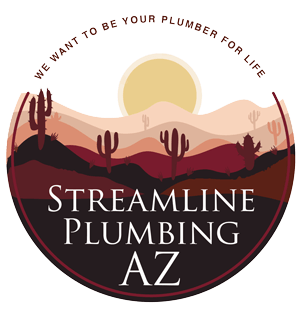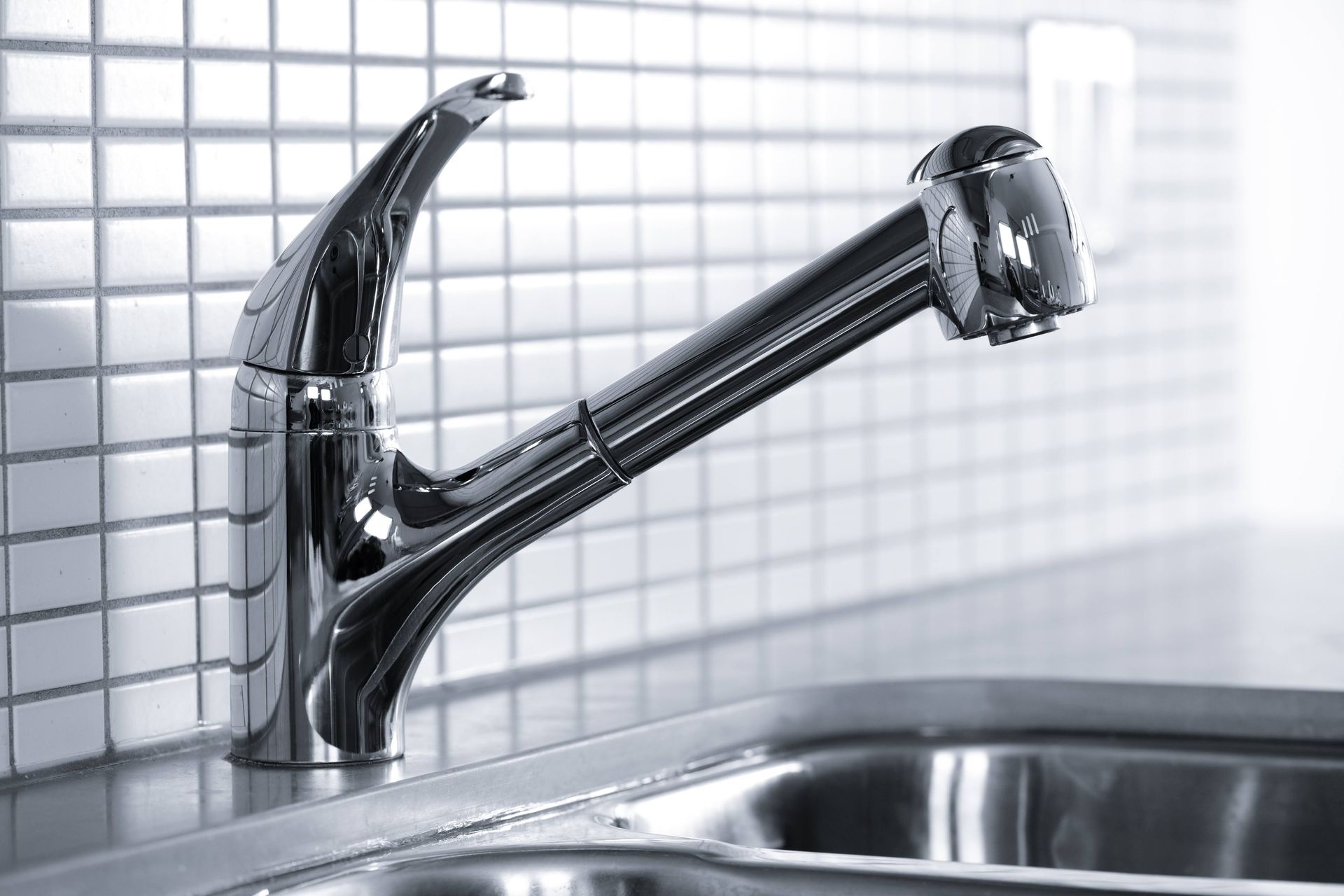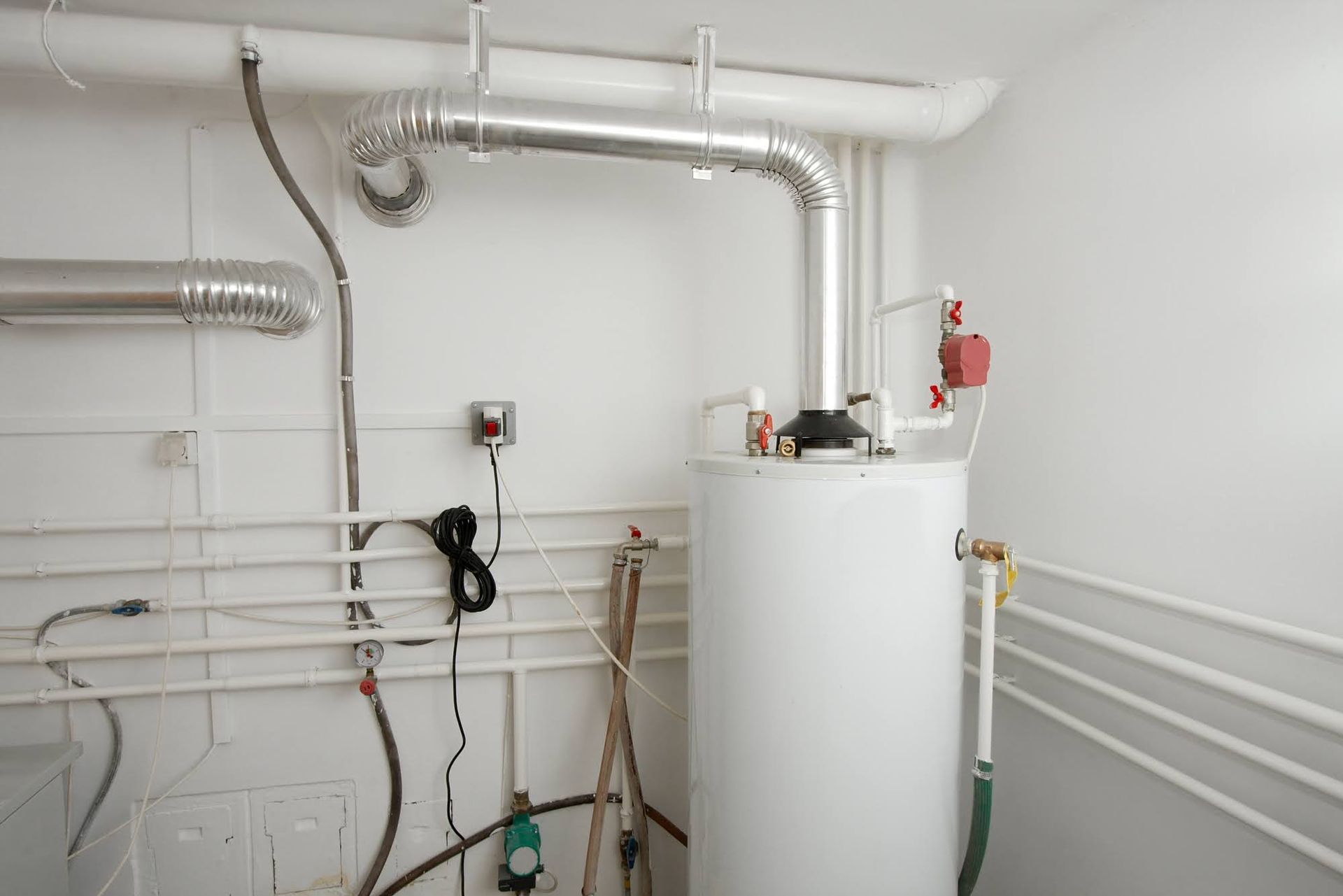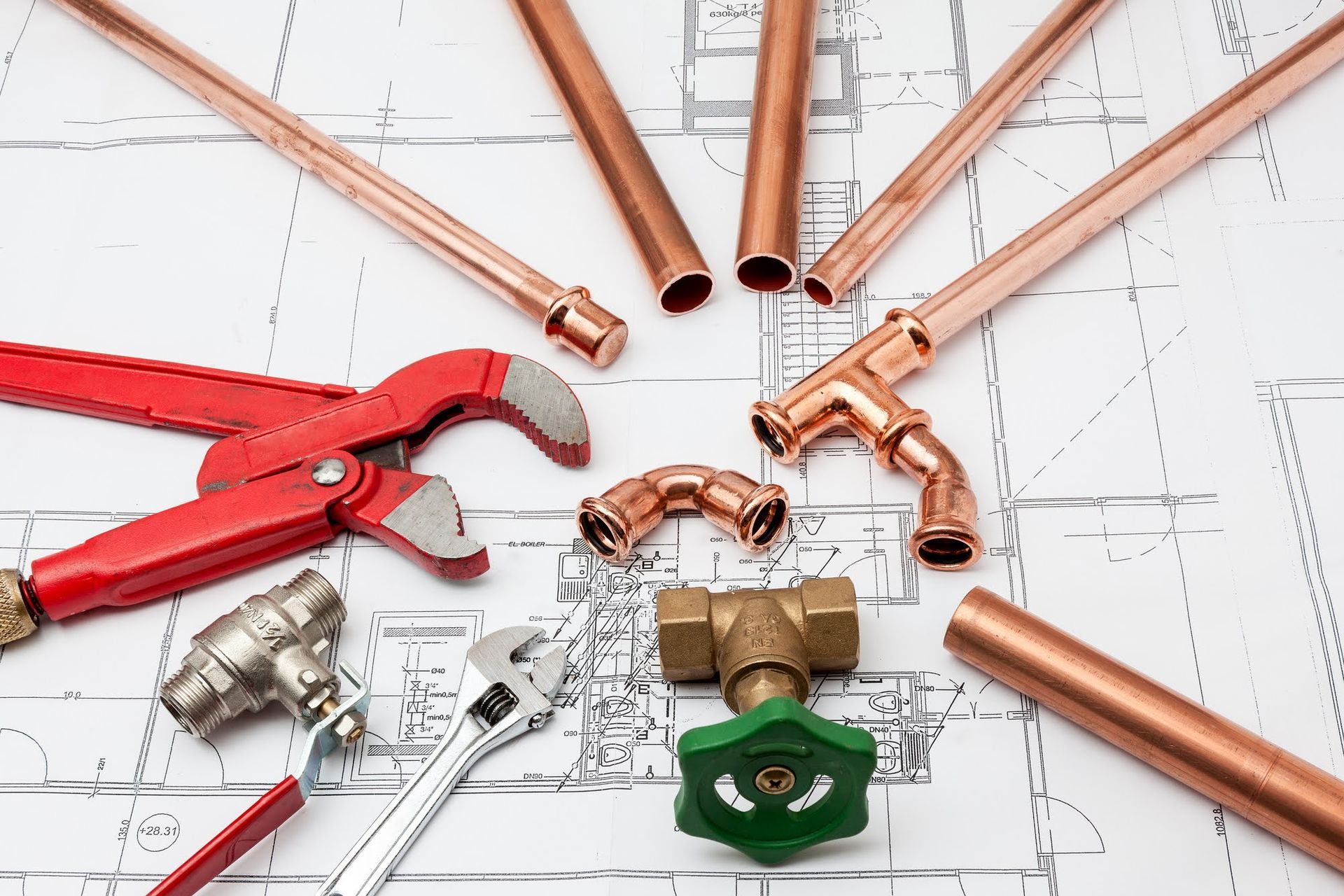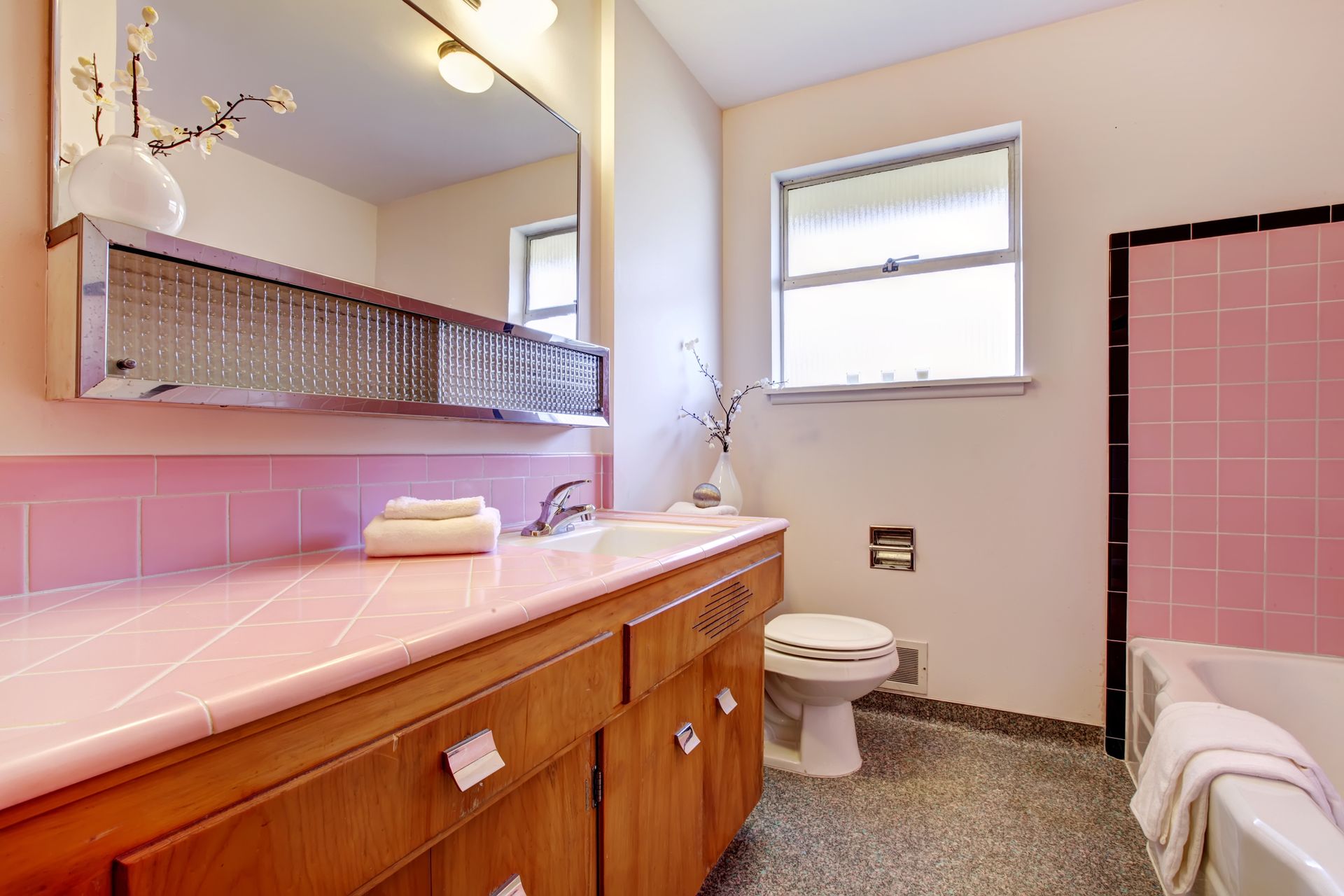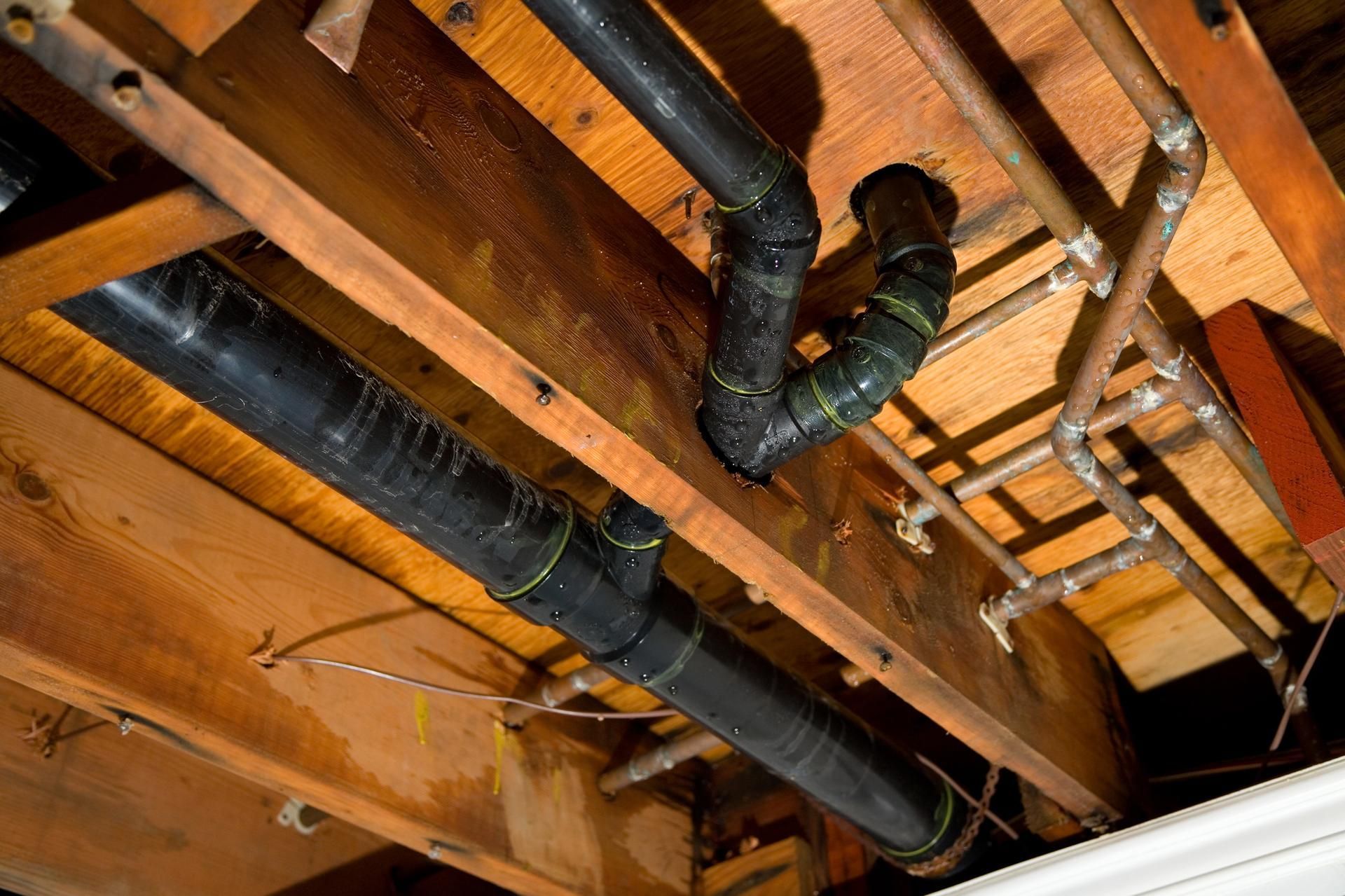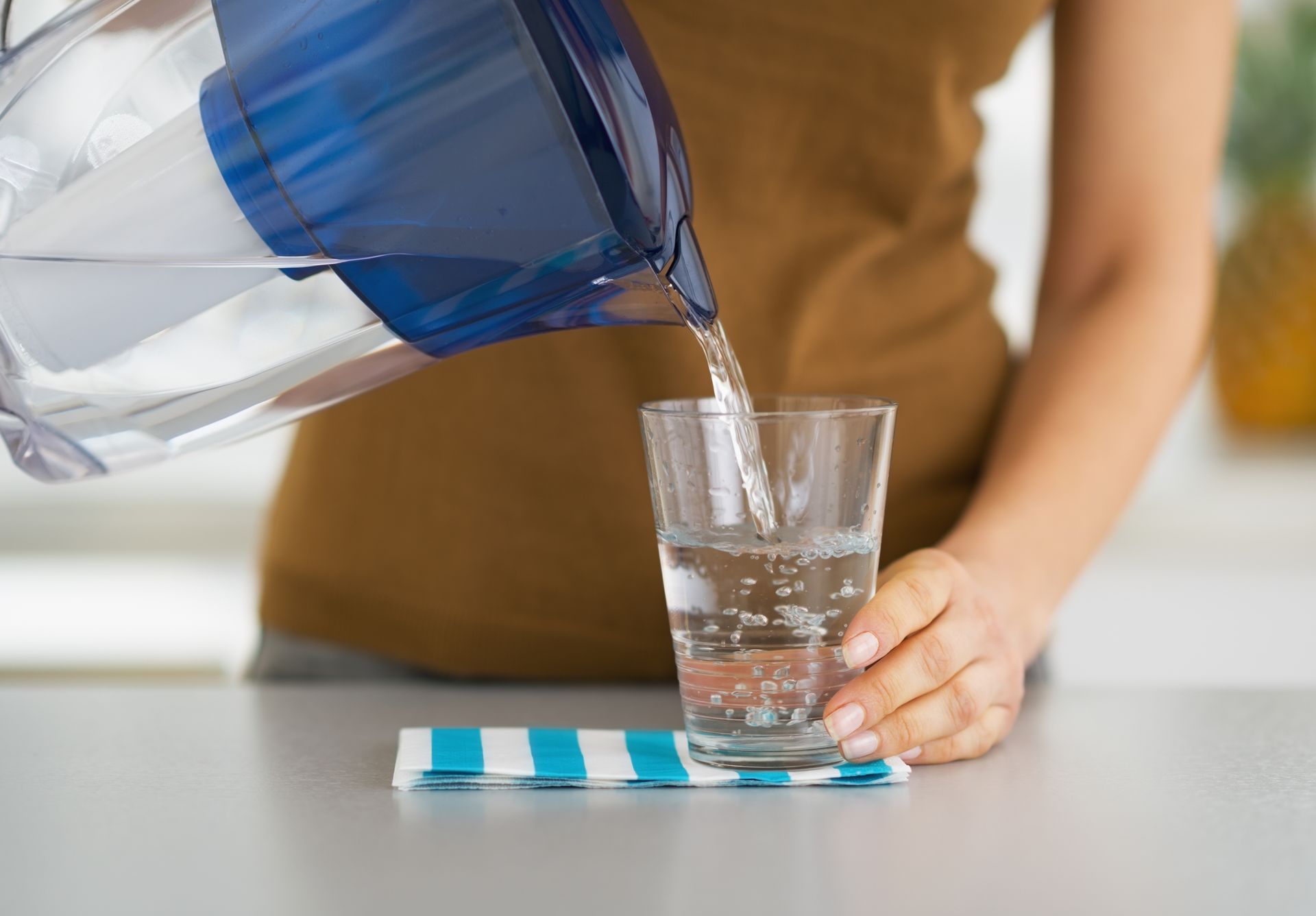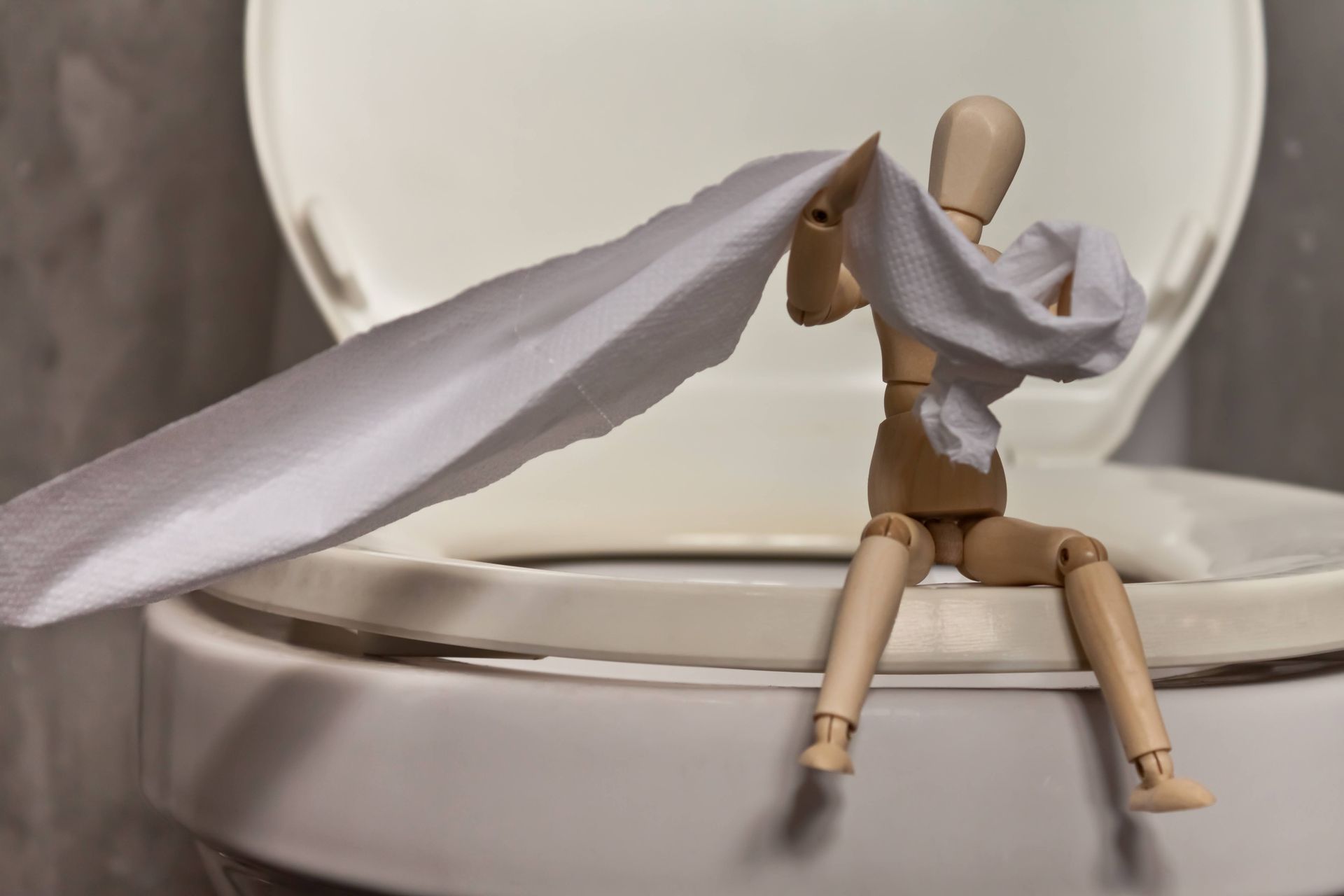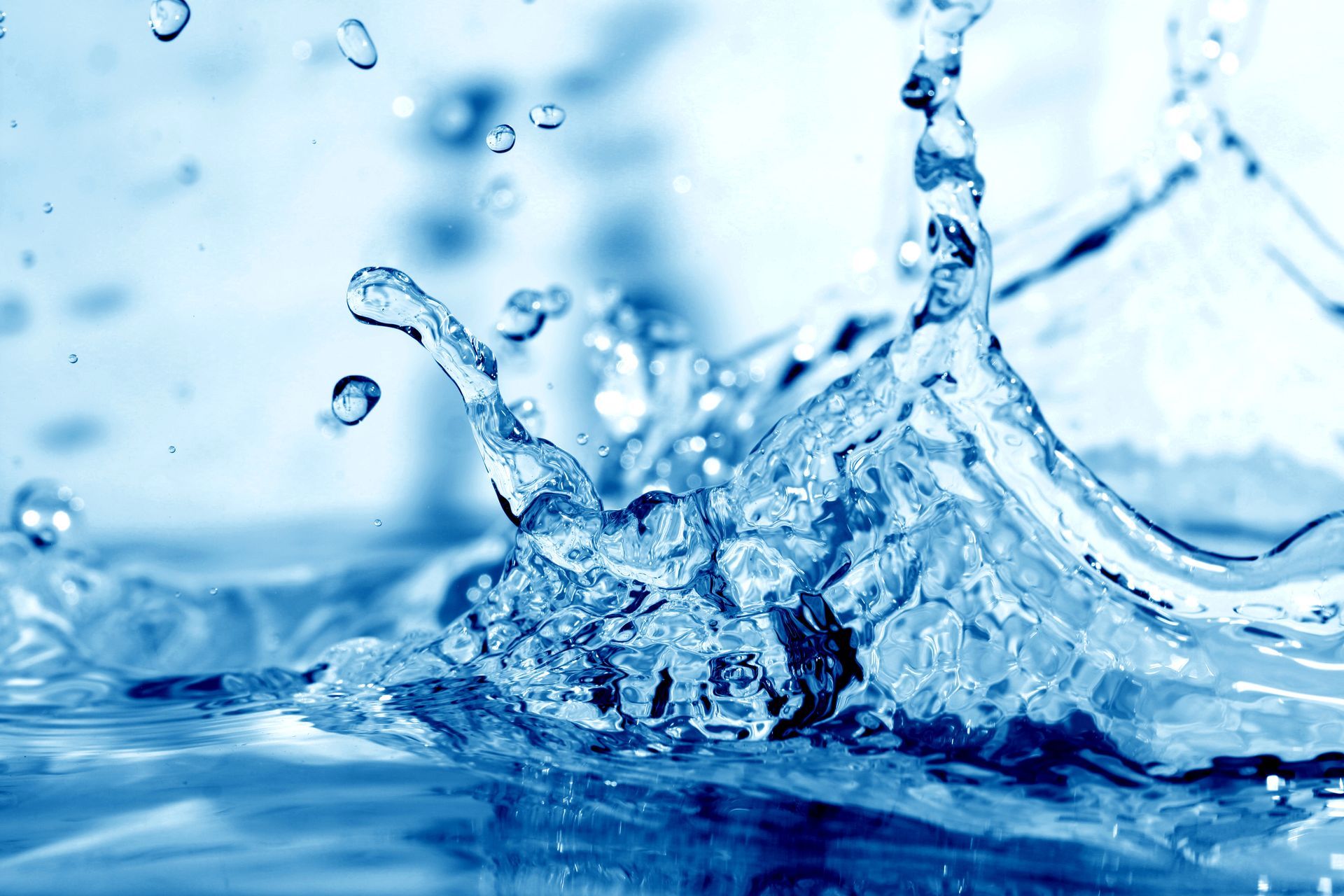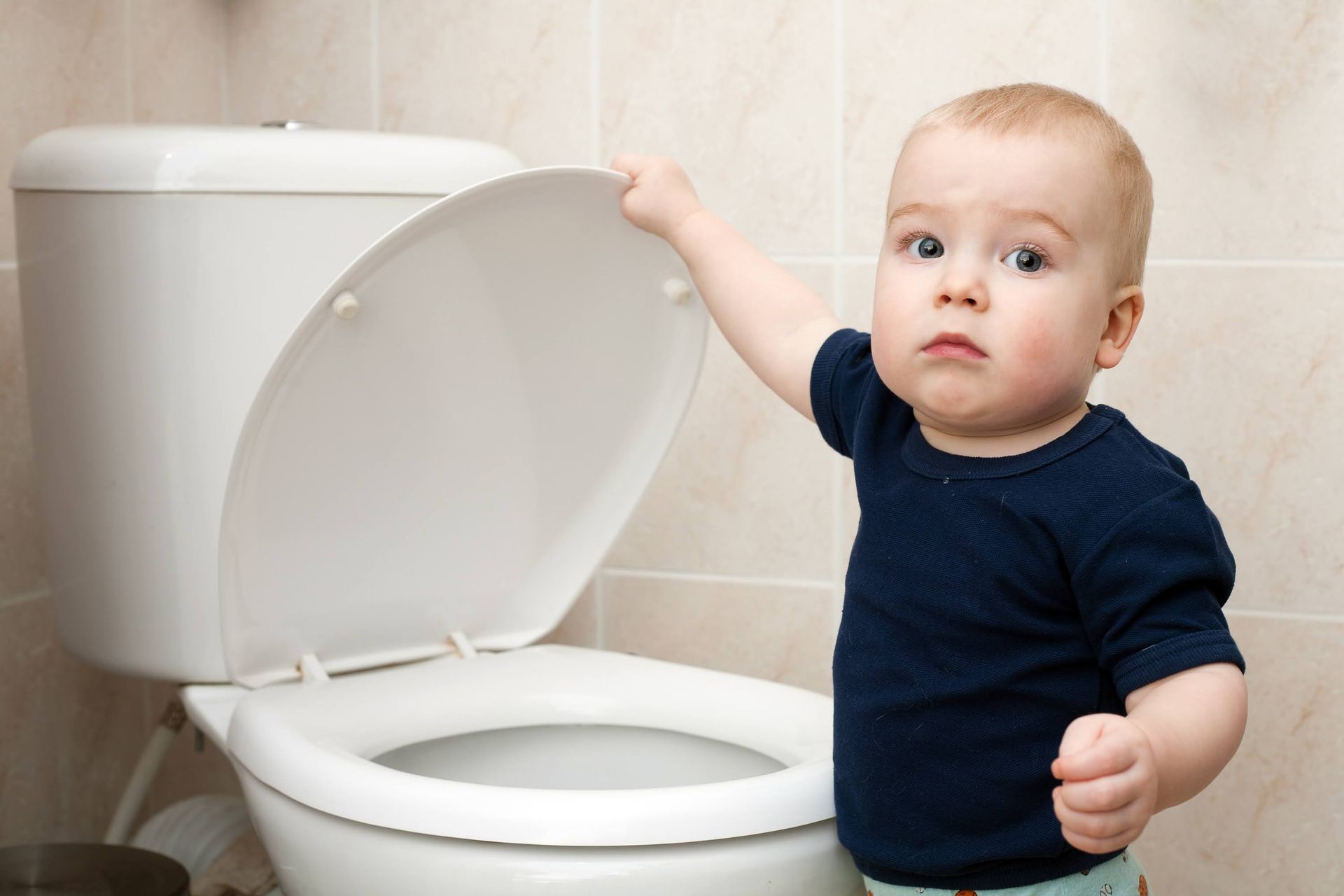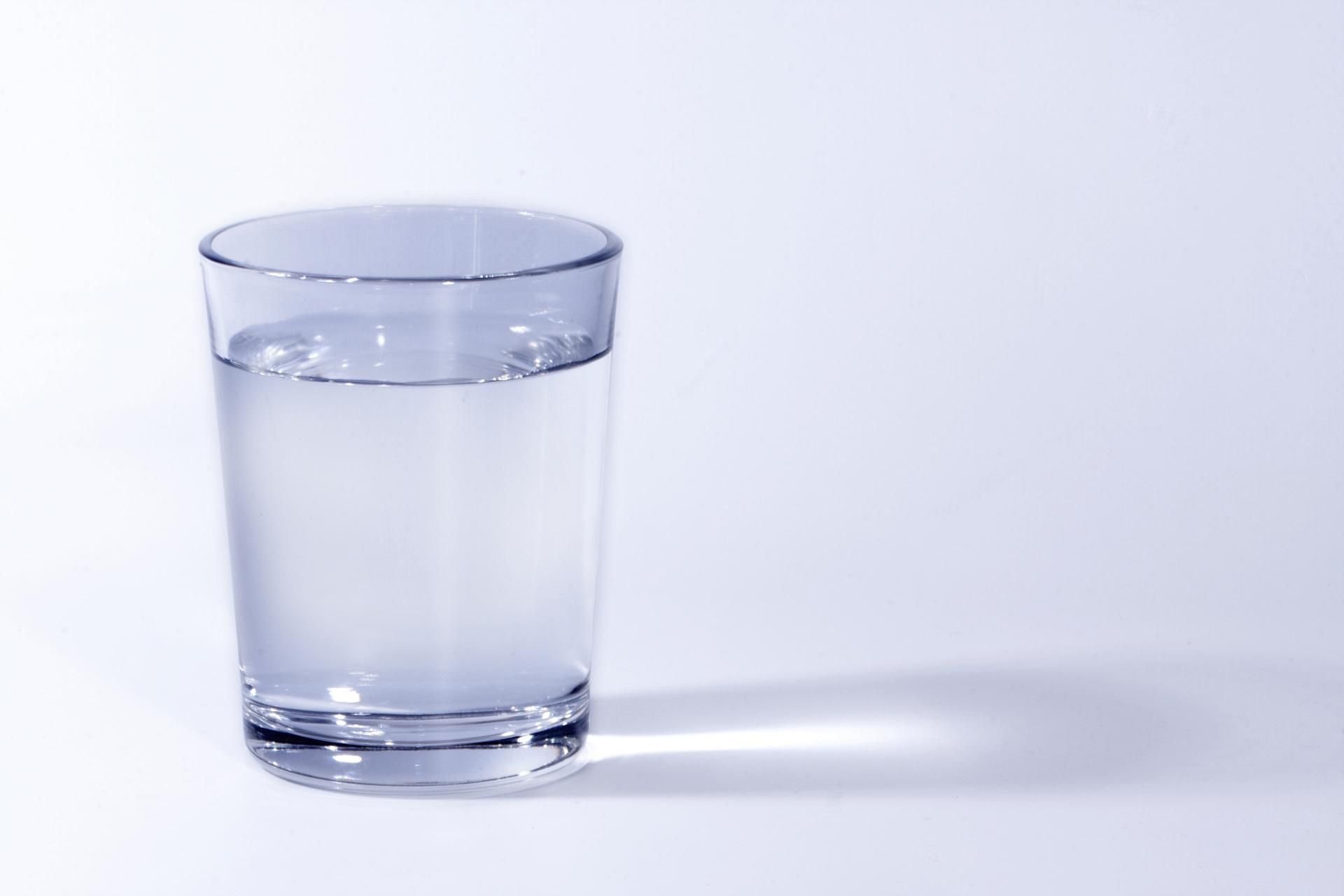Essential Maintenance for Your Home Water Softener
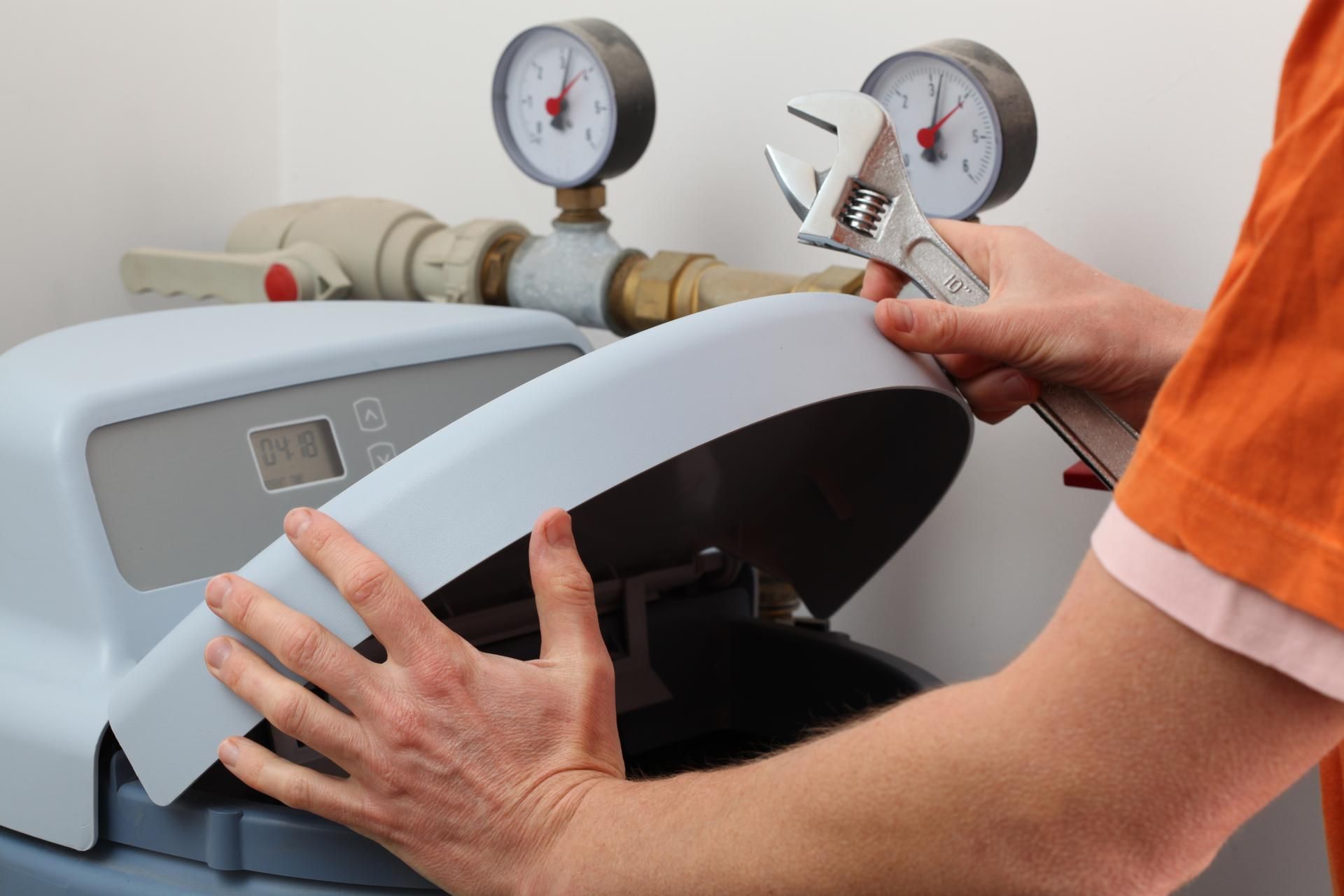
Water softeners are essential appliances in many households, helping to remove minerals that can cause hard water. To ensure your water softener operates efficiently and lasts for years to come, performing regular maintenance tasks is crucial. In this blog post, we will explore the essential maintenance tasks you should perform to keep your home water softener in top condition.
Regularly Check Salt Levels
One of the most critical maintenance tasks for your water softener is checking and maintaining proper salt levels. Salt is necessary for the ion exchange process that softens the water. Make sure to check the salt level at least once a month and top it up when needed. Keeping the salt tank adequately filled ensures optimal performance of your water softener.
Salt Bridge Prevention
A salt bridge forms when a hard crust develops in the brine tank of your water softener, creating a gap between the water and the salt, which prevents the salt from dissolving into the water to perform the ion exchange. This common issue can significantly reduce the efficiency of your water softener. To prevent salt bridges, it is crucial to use high-quality salt pellets and avoid overfilling the brine tank. Additionally, regularly inspecting the tank for any signs of bridging and gently breaking any crust that forms can maintain the effective operation of your system. Implementing these preventative measures will ensure that your water softener continues to function correctly, providing your home with soft water without interruption.
Clean the Brine Tank
Over time, the brine tank in your water softener can accumulate dirt, debris, and salt bridges, which can affect its efficiency. Regularly clean the brine tank by emptying out any remaining salt and removing any buildup using a brush or sponge. Cleaning the brine tank helps prevent clogs and ensures that your water softener functions properly.
Inspect and Replace Filters
Many water softeners come equipped with filters to remove sediment and impurities from the water. It's essential to inspect these filters regularly and replace them as needed to maintain water quality and prevent damage to your water softener. Follow the manufacturer's guidelines for filter replacement intervals to ensure optimal performance.
Check for Leaks
Inspecting your water softener system for leaks is another crucial maintenance task. Check all connections, valves, and hoses regularly for signs of leakage. If you notice any leaks, address them promptly to prevent water damage and ensure the longevity of your water softener.
Rejuvenate Resin Beads
Resin beads are a vital component of ion exchange in water softeners. Over time, these resin beads can become coated with mineral deposits, reducing their effectiveness. To rejuvenate resin beads, perform a manual regeneration cycle on your water softener according to the manufacturer's instructions. This process helps remove built-up minerals and ensures optimal performance.
Schedule Professional Maintenance
While performing regular maintenance tasks is essential, scheduling professional maintenance for your water softener is also recommended. A plumber experienced in servicing water softeners can thoroughly inspect your system, identify any potential issues, and perform necessary repairs or adjustments to keep it running smoothly.
Regular maintenance of your home water softener is key to ensuring its longevity and efficiency. By following these essential maintenance tasks — checking salt levels, preventing salt bridges, cleaning the brine tank, inspecting and replacing filters, checking for leaks, rejuvenating resin beads, and scheduling professional maintenance — you can keep your water softener operating at its best. Remember that a well-maintained water softener provides you with high-quality softened water and helps you avoid costly repairs in the long run. To learn more about essential maintenance for your water softener, reach out to our experts at Streamline Plumbing AZ. We'll help with all your home water softener and plumbing needs.
